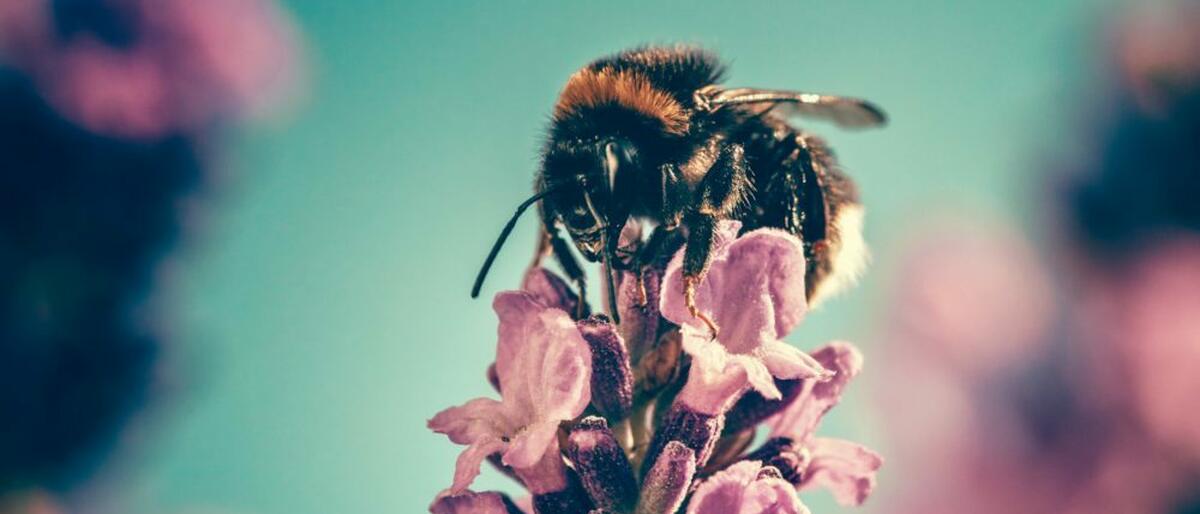How to protect bees in Oregon


If you’ve been hearing nonstop news reports on drastically declining bee populations and want to help. Any extra effort goes a long way to help protect bee populations. You may be asking yourself what role you play in how to protect bees in Oregon and where start? Well, in your own backyard! Below is a quick list of things you can do to create a bee-friendly garden, supporting bees in your community.
A good rule of thumb for a bee-friendly garden, is a pesticide-free garden. Therefore, your backyard is not always going to look perfect. That’s okay, because nature itself does not always look perfect! Many pesticides used to control pests in landscapes are highly toxic to bees. Even small doses of neonicotinoids (a harmful chemical to bees) makes these little workers far less productive in the hive. This can lead to food shortages lessening a hive's ability to resist infection by way of parasites.
Review your pest products and avoid labels containing neonicotinoids or similar ingredients. Be warned, organic pesticides aren’t foolproof, as many organic pesticides and fertilizers are deadly to bees.
The ideal image of an American backyard always seems include a green lawn. Although, lush lawn may be appealing, they are virtual wastelands to bees and most other insects. Grass provides no pollen or shelter, lawns are useless to bees. Consider replacing some or all of your lawn with flowering plants that provide sustenance for bees and a myriad of other wildlife. When choosing flowers consider the following:
By planning for blooms season-round, you can offer bees a continuous source of food throughout the year. Especially during wintertime, any nutrition bees can get will go a long way in sustaining the survival and overall success of a hive. The list below are season specific flowers to aid in year-round support to bees.
Despite common belief, many species of bees don't live in large honeycomb hives. Scores of bees make their homes in the ground, requiring an area of bare soil free from vegetation. Other species create nests in old mouse tunnels, holes in trees and other similar areas. Give these bees a helping hand by leaving some areas a little messy with old logs and dead trees to create an ideal home-building environment for them. From bee-friendly products to environmentally conscious services, Valley West Landscapes is committed to providing expert landscaping services for projects both big and small. Call us today and speak with one of our experienced landscapers in the Portland metro area to get started.
Bee-friendly landscaping has a double-sided benefits. It is excellent for bee populations in Oregon and is typically more cost-effective. Striving for perfection in landscapes uses a lot of water, product and labor time.